Foreign travellers about Baku
Information provided by the foreign historians, scholars, geographers, travellers, diplomats and merchants about the cities, handicrafts, trade and trade routes of Azerbaijan is of great importance. It would be appropriate to trace the records of the European travellers who arrived in Azerbaijan and wrote about Baku in the Middle Ages in chronological order.
In the first half of the 14th century, the French missionary monk Juirden Catalani visited Azerbaijan as well in order to spread the Catholicism in the East. Recalling Baku and its oil sources in his notes, he shows the healing properties of Baku oil.
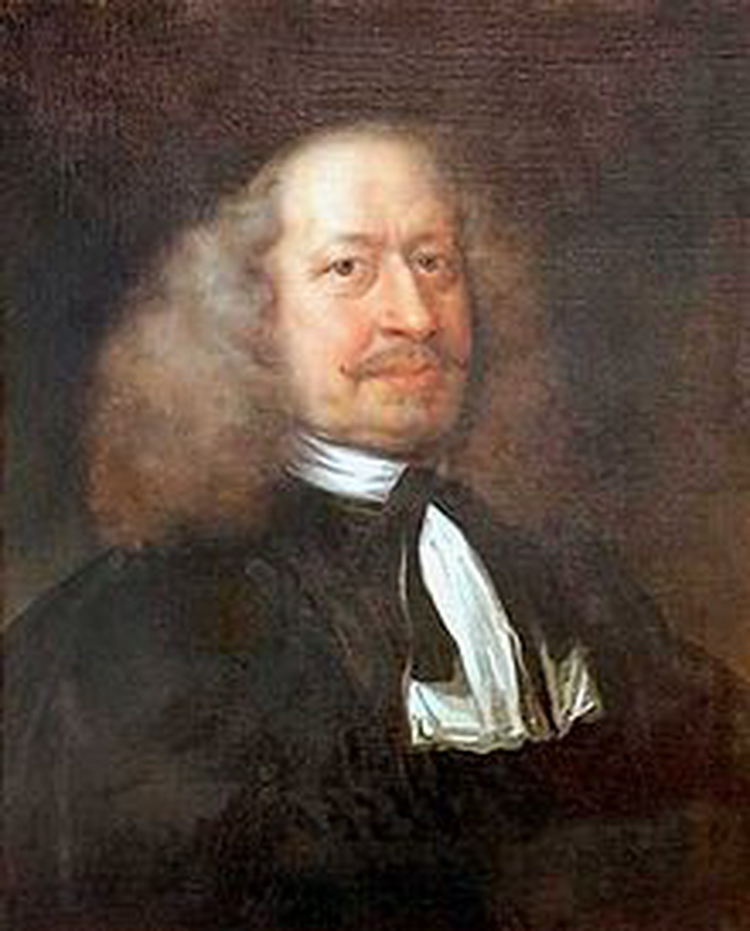
A German scholar, mathematician and geographer Adam Olearius (1599-1671), who spoke the Russian, Turkish, Arabic and Persian languages, was included in the Holstein embassy’s staff with a view to export of the Gilan silk sent to Moscow (1633-34) and Safavids state (1635-39). The Holstein embassy, which set off for the Safavids Palace, first arrived in Moscow, and then went to Isfahan in 1636-1638. Upon returning, the German envoys made their way to Azerbaijan. Adam Olearius visited such parts of Azerbaijan as Baku, Derbent, Niyazabad, Shamakhi, Javad, Ardabil, Zanjan, Gazvin, Sultaniyya, Astara, Lankaran, Gizilagaj and collected materials on the historical past and way of life of the Azerbaijani people.The book “Travels of the Ambassadors sent by Frederic, Duke of Holstein, to the Great Duke of Muscovy and the King of Persia” of the famous German traveler, outstanding scholar and geographer Adam Olearius was first published in 1647 as travel notes. Moreover, in 1656, the enlarged edition of the work was prepared and the author’s notes about Moscow and Azerbaijan were appended there. The work was published for the third time in 1663 and for the fourth time in 1696 in Hamburg. Adam Olearius included in his book interesting information about the cities of Azerbaijan, craft and trade life, social relations, agriculture, way of life, customs and traditions of the population. He travelled Azerbaijan, especially Baku and collected valuable information about caravan routes passing through the city, caravanserais, sanctuaries, historical sites, various tribes, ethnic groups, part of the population leading a semi-nomadic way of life and their occupations, also many other professions. The book “Travels of the Ambassadors sent by Frederic, Duke of Holstein, to the Great Duke of Muscovy and the King of Persia” authored by A. Olearius occupies a special place among the well-placed scientific sources telling about the fields of trade and craft, way of life of the population and the state structure in the middle of the 17th century in Baku. For example, Olearius was shown the grave of the guardian of the popular wisdom Dede Gorgud in Derbent. In Olearius’s work we can find the name of Burla-Khatun, heroine of the epos “Kitabi Dede Gorgud”. A. Olearius notes that her grave is in Urmia.
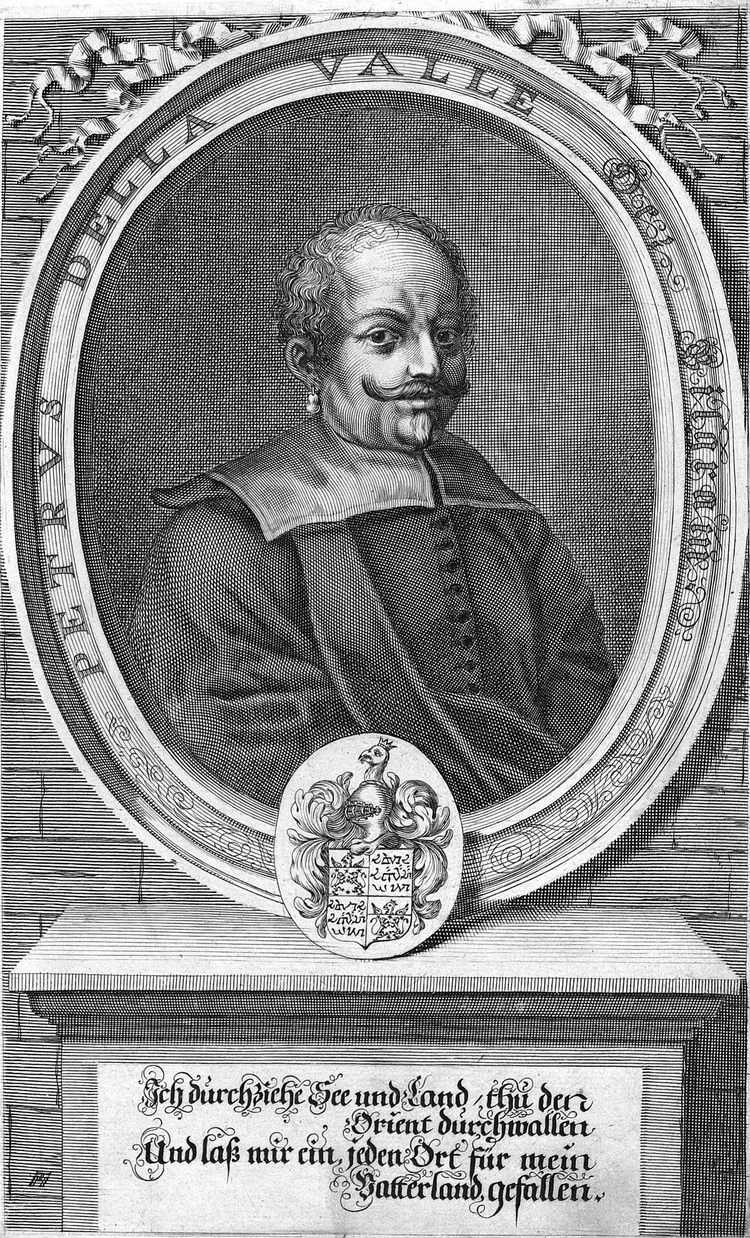
Italian traveler Pietro Della Valle, who wrote about Baku in 1618, identified Baku with the city of Albana, which was located at the mouth of the river Kaysi. The version of the work published in 1796 in Hamburg was translated into Russian. P. Barsov translated the edition of the work published in German language in 1663 into Russian and published in Moscow in 1870 and this edition is considered to be more perfect.
Another traveller telling about the cities of Azerbaijan, including Baku in the 17th century was a French jeweller and traveller Jean Chardin (1643-1713). In 1664, the jeweller, accompanied by the Lyon merchant Rosen was sent to India to buy a diamond. Chardin’s travel notes were distilled into the ten-volume book “The Travels of Sir John Chardin”. He wrote many of his interesting observations about Azerbaijan, in particular about Baku in the 4th and 5th volumes of the book. Chardin also informed about the development of the craft, science and art in Baku.

Kubero Don Pedro
In the years 1670-1679, the Catholic priest Kubero Don Pedro visited the Caucasus during his round-the-world trip, stayed in Shamakhi for two months, then visited the cities Baku, Ardabil, Ghazvin, Isfahan, Shiraz, Bandar Abbas. Kubero, traveling from Derbent to Shamakhi, from there to Ardabil, then to Ghazvin, described in detail the places he saw, in particular Baku. Kuber’s works were first published in Madrid in 1680, then translated into Italian and published in Naples in 1683.
The notes of the monk Willot, one of the French missionaries of the 17th century, are very interesting. In 1689, he visited Azerbaijan, passing through Ganja he went to Shamakhi and from there to Iran. He told about oil and salt production in Baku, reported about the number of villages in Absheron.
The British merchant Dekat Jeffrey, who was in Baku in 1573, spoke about mass production of oils in Absheron.
In 1580, the English merchant Christopher Burrow gave some information about the life of the Absheron villages, and told about the hospitality extended to him in Baku.
The revival of the trade relations of European merchants with the Eastern countries in the 16th century contributed to the management of the sea trade route called the Volga-Caspian route. In 1561-63, merchant Anthony Jenkinson from England came to Azerbaijan and traveled to several cities. He gives valuable information about the geography of Baku.

The German scientist Engelbert Kempfer (1651-1716) visited Russia, Azerbaijan and Iran as a secretary of the Swedish Embassy in 1683-1684. A scientist who did not return to Europe, joined the Dutch Navy in the Persian Gulf on the advice of Raphael du Mans and spent ten years in various countries of the East. Having visited Baku in 1683, Kempfer described the city in detail and accurately. He also provided important information on Baku’s oil and salt mines, extraction of flammable gas in Absheron, economy, social life, architecture and way of life of Baku and Absheron. In 1693, Kempfer returned to his homeland and in 1712, he published his works in 5 volumes in Latin. Detailed information about Azerbaijan is widely covered in E. Kempfer’s works. The information about Absheron, Baku and oil wells in the second part of his work is particularly interesting. E. Kempfer offers detailed information on the characteristics of the Caspian Sea, animal and plant world of the coastal region of the Caspian Sea, as well as the relief of the Caucasus Mountains. E. Kempfer is one of the first researchers to describe the eternal fire. Especially important are the paintings and engravings presented in his works, the map of the Absheron peninsula and the pictures of Shamakhi and Baku. It is worth mentioning that the picture of Baku given in the book “Baku in the past and now” authored by V. M. Sysoyev, was taken from E. Kempfer’s work. F. Minorski, I. Petrushevski and Sarah Ashurbeyli often referred to E. Kempfer in their researches. Professor of Kazan University I. Berezin who was in Baku in 1824, as if confirming the German scientist’s pictures wrote as follows: “The Baku Tower is indeed enclosed by double walls. But on the sea side, the wall is just one row”.

Raphael du Mans (1613-1696) lived in Isfahan, Iran in 1644-1645. He gained confidence in the Shah Palace and as an interpreter took part in all meetings with foreign guests. Du Mans made corrections to the works of the foreign travelers, giving them the opportunity to become better acquainted with the life of the country. He visited Baku and offered valuable information about the city. Academician V. V. Bartolt noted that Raphael du Mans acted as an arrogant European representative of “Western civilization” in his works. But F. Minorski noted that this work was of great importance as a first source of information about that time.
Lawyer, a seventeenth century Italian adventurer and traveler Gemelli Careri returned to Italy in 1689 after traveling to Europe - Italy, France, England, Belgium, the Netherlands, Germany, Portugal and Spain. He went on a journey to the East in 1693-1698. He visited Malta, Cyprus, Palestine, Trabzon, Georgia, Azerbaijan and Iran. Gemelli Careri’s work provides detailed information on the South Caucasus. Information about Baku is of great importance.

The German academician E. Lentz, who visited Baku in 1830, writes what he heard from the local residents: “Many years ago the sea was 20 versts further than it is now. At that time, the Nargin islands were an integral part of the land. Then the sea level rise has increased over time, and the coast had its present appearance”. E. Lentz also wrote about the track of “two-wheeled carts” on the rocky coast of the island of Beyuk Zira (former Nargin). Later, Abbasgulu agha Bakikhanov wrote in his work “Gulustani-Iram” the following: “There are traces of the wheel tracks that go far into the sea on the cliffs in Bilgah, Zira, Bibiheybat and other villages of Baku province”.
French traveler Jean de Thevenot (1633-1667) proceeded to the East after traveling to Europe at the age of 19. In 1663, during his second journey to the East, Thevenot arrived in Isfahan. Having come to Azerbaijan from there, J. Thevenot fell ill and died in November 1667. The collected “Voyages” of J. Thevenot in French language is comprised of three parts. J. Thevenot knew the Azeri Turkish language. The traveller, who visited Baku, gave valuable information about many cities of Azerbaijan, including Baku in his book.
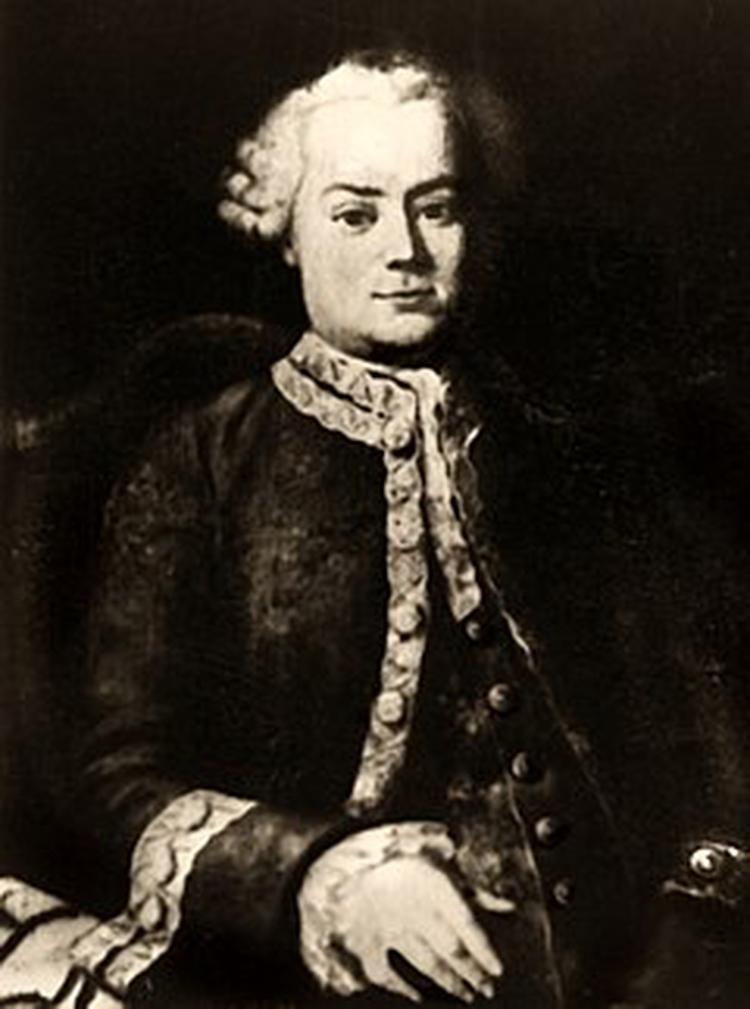
Russian scholars and orientalists have made a notable contribution to the study of the history and culture of the city of Baku as well. S. Gmelin, who was sent in 1770 from the Russian Academy of Sciences to Baku to study Iran and Azerbaijan with a scientific expedition, visited Baku and described the city in detail.
The attitude of academician V. V. Bartold to the opinions of the medieval European travellers who travelled to the state of Azerbaijan in the 16th-17th centuries is interesting. He writes: “It was impossible for the Middle Ages European travelers to feel themselves more cultural compared to the indigenous population when traveling to the East, because in the Middle Ages the European culture was lower than it was in Asia”. Only Giosafat Barbaro, Venetian merchant and traveller, who travelled to the East in the 15th century and lived there for a long time, wrote that when he returned to Europe, he got into more cultural conditions. He was the first European who felt like he was in a more cultural environment when returned from the East to the West. Raphael du Man probably favoured the Persians in some degree, but he expressed it in the following way: “If all the peoples of the East are considered to be blind, then the Persians would be considered as single-eyed”.
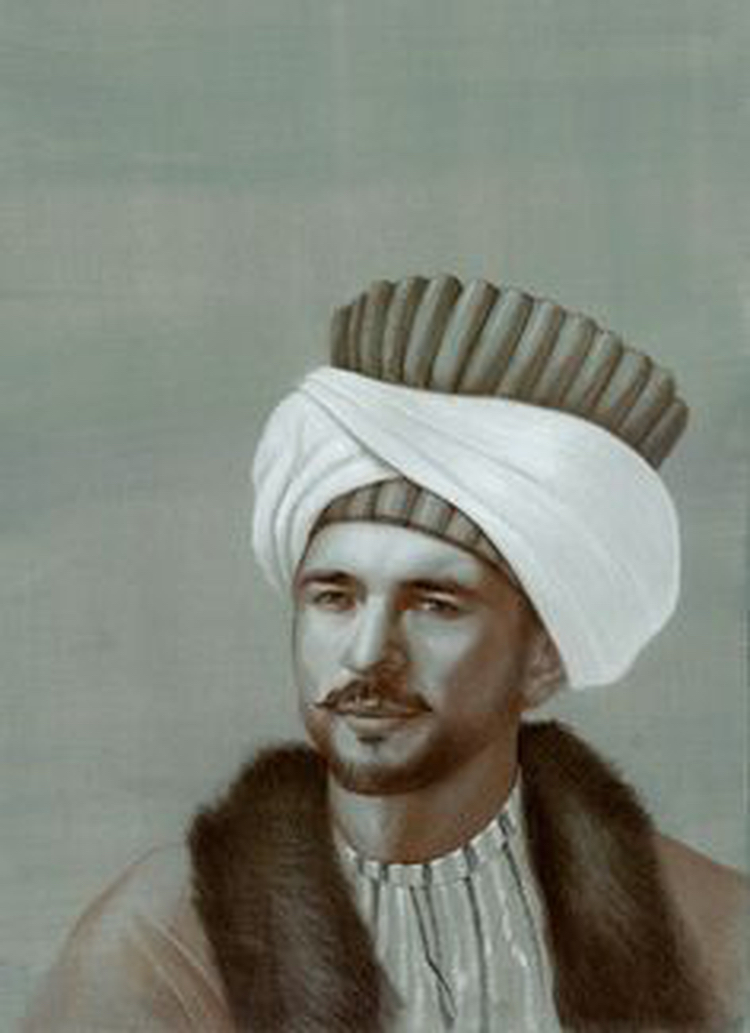
Among the sources of the 17th century it is worth mentioning the work of the Ottoman traveler and historian Evliya Chelebi. Evliya Chelebi ibn Dervish Mehmed Zilli (1611-1682) received a good education and served in the palace of Sultan Murad IV. As a member of the embassy and special adviser, he travelled through the Near and Middle East countries over a period of forty years and collected his commentaries in a 10-volume travelogue “Seyahatname” (Book of Travel). In the second volume of the work he described the country’s cultural and economic life while he was in Azerbaijan in 1647. E. Chelebi narrated in detail about the cities and villages of that time. Chelebi gives information about the economy, social life, political events of Baku, tells in detail about various types of oil produced in Absheron, grown agricultural plants, exported goods, describes the city walls and appearance of the city. Evliya Celebi wrote in his work “Seyahatname” (Book of Travel) that there were 70 semi-circular towers and more than 600 loopholes in the city walls of Baku. According to the author, the walls were built on the rock. It should be noted that the conducted archaeological excavations had also confirmed the construction of the city walls on the rock. E. Chelebi’s work contains valuable ethnographic information about the residents of Baku as well.
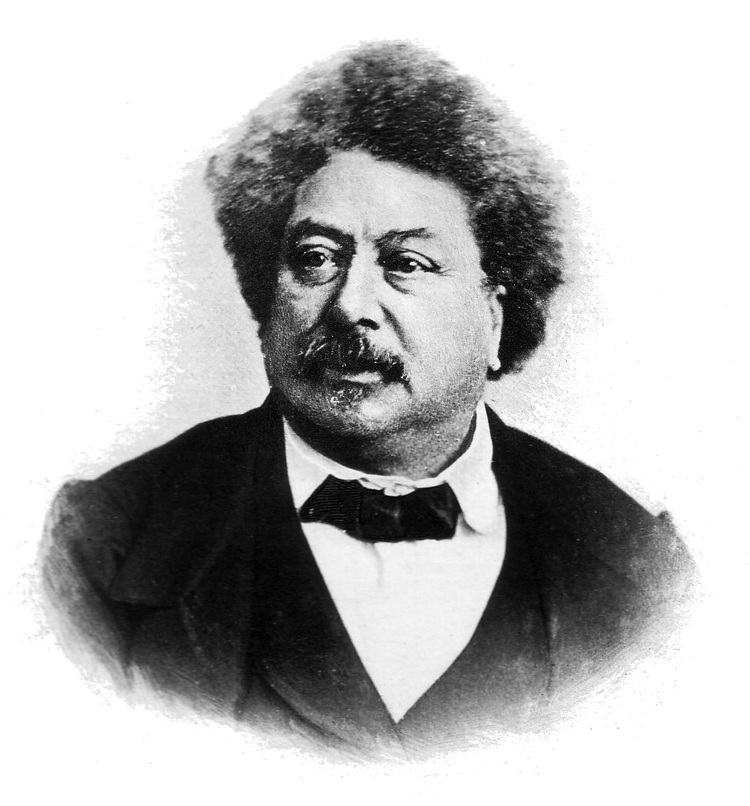
The great French novelist Alexander Dumas visited the Caucasus as well as Azerbaijan in the years 1858-1859. His book of travel notes “Travels in the Caucasus” which mainly referred to ethnography was published in the Russian language in Tbilisi in 1861. Alexander Dumas toured through Baku and surrounding villages and gathered a lot of interesting information. It is known that on his return to Paris, he took with him one bag of daisy used in Baku and surrounding villages to protect against some insects, also the gifts he bought in the places where he stayed - several sets of waterproof clothing, handmade saddle, dagger, belt, clothes etc.
Italian travelers Marco Polo (13th century), Barbara Contarini, Angolello and Donato da Lezze (15th century), who visited Azerbaijan for trade and diplomatic purposes, provide brief information on oil production in Absheron and trade in the city of Baku in their travel notes.
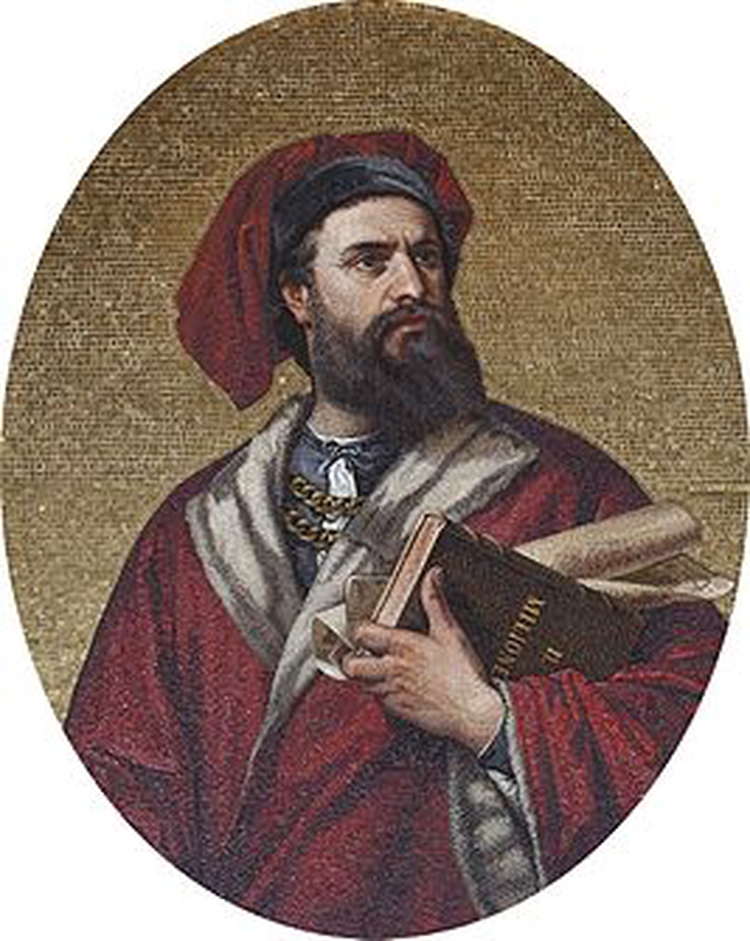
Russian scientists and military experts provided significant information about the city of Baku, its strategic location, the islands located on the Caspian Sea and the economic life of this territory.
It is a matter of the utmost importance to explore the extremely valuable foreign sources in getting acquainted with life in Medieval Azerbaijan, to collect the necessary information, and to clarify the obscure pages of our history on this basis. The information provided by these sources about the capital of our country is indispensable.
Reference:
Kamil Farhadoghlu. Baku. Icharishahar. Baku: "Sh-G” & “CHİNAR-CHAP”, 2006, p. 30-35. (in the azerbaijani language)
